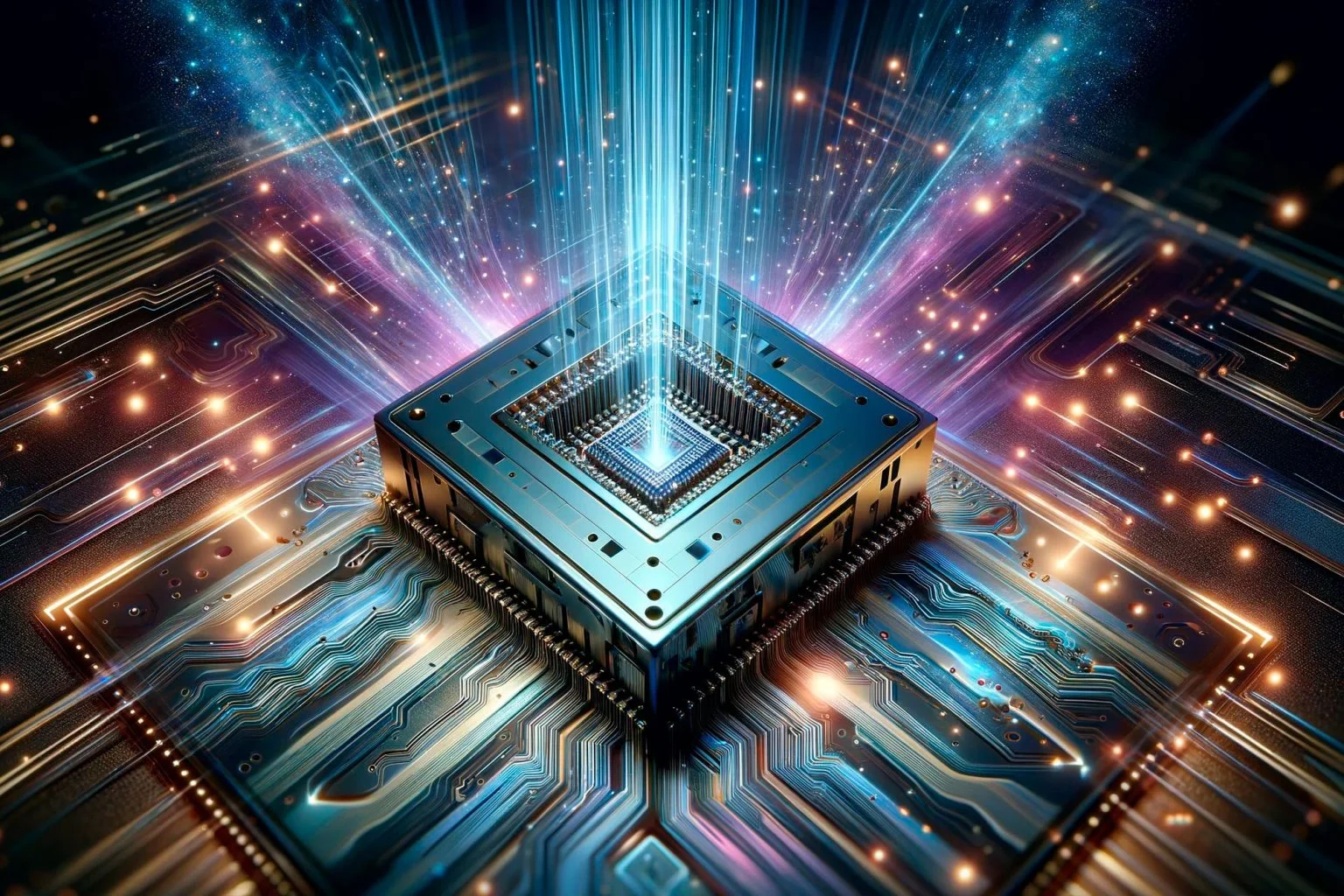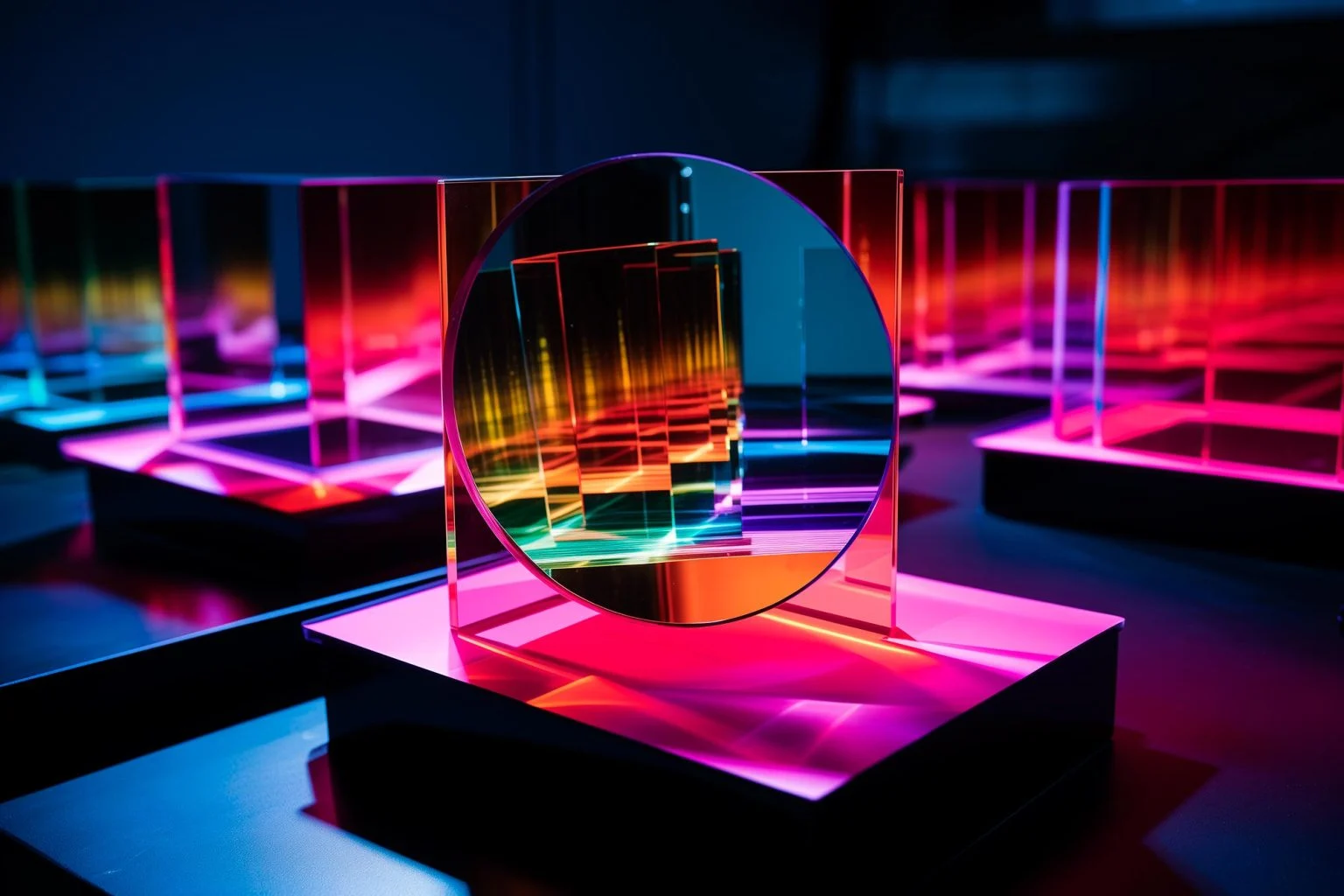Harvard introduces the first logical quantum processor.
Harvard introduced the first logical quantum processor. The logical quantum processor has a 48-state qubit data channel, algorithm-based error correction, and multiple logical gates. Those systems make the new logical quantum processors able to handle operations more effectively and easier than previous quantum systems.
That kind of system their correction and many other things integrated into the quantum processor make portable quantum computers possible. Quantum computers require something that packs information into the qubit. Photonic computers are the thing that can pack information into qubits. The information is input to quantum computers or quantum processors through photonic computers.
The photonic computer dumps information into trapped photons or electrons. Another way is to use thermal transistors where the electric field's position makes it possible to determine how many or which data routes the input system uses.
The qubit can be an electron or photon that hovers in the frame in the middle of the processor or if the system uses multiple electrons or photons to make a qubit the system can anchor them into the graphene network. But for working perfectly the photonic computer requires extremely highly accurate optical area data transmission.
**********************************************************************
"Harvard researchers have achieved a significant milestone in quantum computing by developing a programmable logical quantum processor capable of encoding 48 logical qubits and performing hundreds of logical gate operations. This advancement, hailed as a potential turning point in the field, is the first demonstration of large-scale algorithm execution on an error-corrected quantum computer." (ScitechDaily.com/Harvard Unveils World’s First Logical Quantum Processor)"A collaborative international effort has led to the creation of the first mid-infrared supermirrors with exceptional reflectivity, as reported in Nature Communications. This innovation is expected to significantly enhance environmental gas sensing and industrial processes, marking a major leap in mirror technology. Credit: SciTechDaily.com" (ScitechDaily.com/The Pursuit of Perfection: Ultimate Mid-Infrared Mirror Achieves 99.99923% Reflectivity)
"UCLA researchers have unveiled a novel solid-state thermal transistor that effectively controls semiconductor heat movement using an electric field, marking a significant advancement in computer chip heat management and potential applications in understanding human body heat regulation. Illustration of a UCLA-developed solid-state thermal transistor using an electric field to control heat movement. Credit: H-Lab/UCLA" (ScitechDaily.com/A New Era in Heat Management: UCLA Unveils Revolutionary Solid-State Thermal Transistor)
The new ultimate mid-infrared mirror reflects 99.99923% of radiation.
The new mid-infrared mirror is the pathfinder in the new infrared technology, like IR-telescopes, Infrared lasers, and infrared data transmission. Also, IR light amplifiers can use this technology. The high reflecting percentage makes the mirror less vulnerable to damages that the light absorption can cause. When a mirror absorbs light the radiation energy stores in it.
And that raises the temperature in the mirror. That thing causes damage because the mirror expands. These highly reflecting mirrors can someday protect jet fighters against mid-infrared laser systems. The 99.99923% reflection is very much and in the future jet fighters can have the mosaic structure that turns this kind of miniature mirror outside. And that reflects the IR-laser rays from their structures.
Another thing that this kind of mirror is suitable for is photonic computers. In photonic computers laser rays or photons replaced electric wires. The highly reflecting mirrors keep the temperature low in those systems. Another purpose of those mirrors is that high reflection will not disturb information.
The photonic computers and thermal transistors are tools, that require mid-IR mirors to turn information route. The photonic computer can pack information in the form of a qubit easier than an electric computer. The photonic computer takes a photon or electron in the frame and transports information in it in the form of photons.
The newest thermal transistors control semiconductor's heat using a magnetic field. That system can turn the electricity route to another wire. But those systems can also adjust the qubits. In those systems, the thermal transistor connects data to as many wires as the qubit needs. But those systems are far away in the future. Or at least in the future.
https://scitechdaily.com/a-new-era-in-heat-management-ucla-unveils-revolutionary-solid-state-thermal-transistor/
https://scitechdaily.com/harvard-unveils-worlds-first-logical-quantum-processor/
https://scitechdaily.com/the-pursuit-of-perfection-ultimate-mid-infrared-mirror-achieves-99-99923-reflectivity/






No comments:
Post a Comment
Note: Only a member of this blog may post a comment.